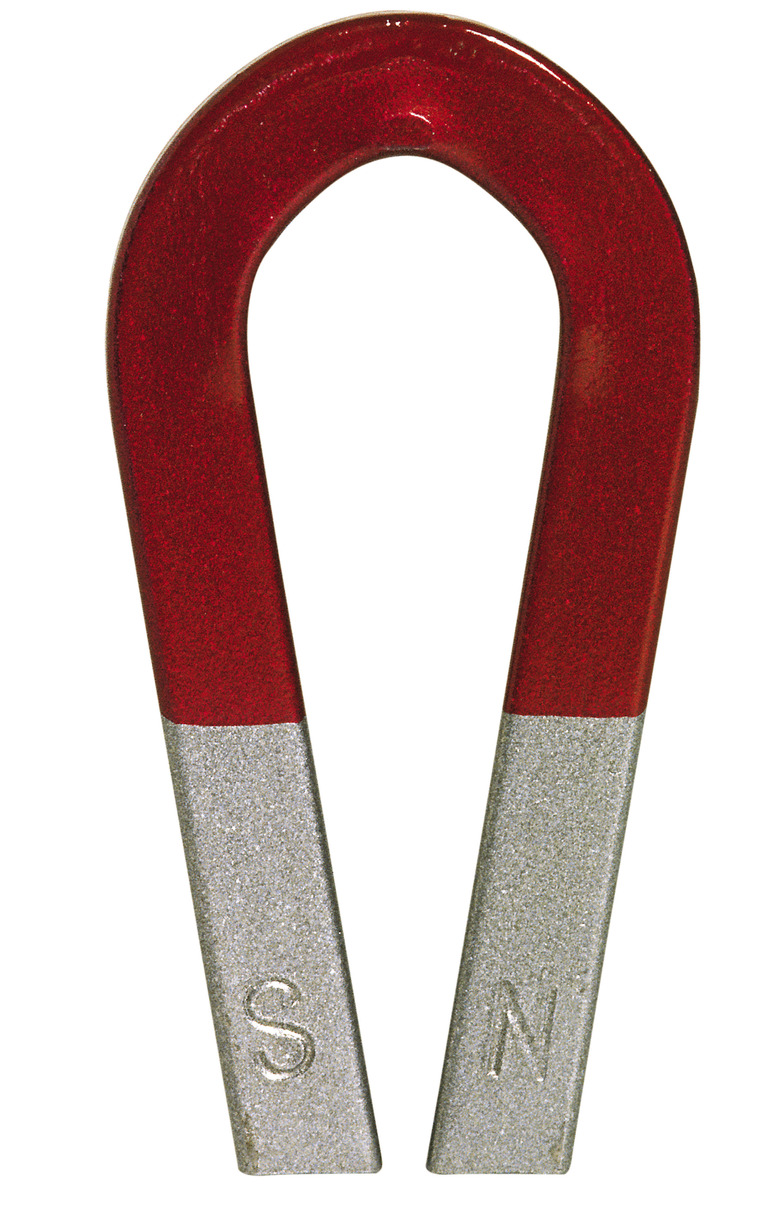How To Explain How Magnets Work To Preschool Children
Preschool students are some of the most curious beings on the planet. The problem, however, is that they don't understand complex answers if you only use words. "Magnetic fields" and "positive/negative terminals" mean little to a preschooler. Take the time to sit down with the children. Let them experiment with how they work. Explain what happens as the children encounter it.
Step 1
Collect different kinds of magnets. Fridge magnets, horseshoe magnets, commercial magnets and medical magnets are just a few options. You may be able to get a medical magnet from your local Epilepsy Foundation office by asking to borrow a Vagus Nerve Stimulator magnet.
Step 2
Gather a number of different objects, some that will respond to the magnet and some that won't. Let your preschoolers pick some of these.
Step 3
Sit down at a plastic or wooden table with the magnets and the objects. Experiment with how the magnets interact with each other. Explain that a magnet has two sides, called positive and negative, and that opposites pull together.
Step 4
Categorize the objects into two piles: those that react to the magnet and those that don't. Discuss what the pile that reacted to the magnets have in common.
Step 5
Place one of the objects on top of the table, preferably one that responds well to the magnets. Experiment by placing different magnets under the table and seeing if the object reacts to them. Talk about how some magnets are stronger while some are weaker.
Things Needed
- Magnets, all types
- Plastic or wooden table
- Magnetic and nonmagnetic objects
References
Cite This Article
MLA
Stream, Colby. "How To Explain How Magnets Work To Preschool Children" sciencing.com, https://www.sciencing.com/explain-magnets-work-preschool-children-12118500/. 24 April 2017.
APA
Stream, Colby. (2017, April 24). How To Explain How Magnets Work To Preschool Children. sciencing.com. Retrieved from https://www.sciencing.com/explain-magnets-work-preschool-children-12118500/
Chicago
Stream, Colby. How To Explain How Magnets Work To Preschool Children last modified March 24, 2022. https://www.sciencing.com/explain-magnets-work-preschool-children-12118500/
